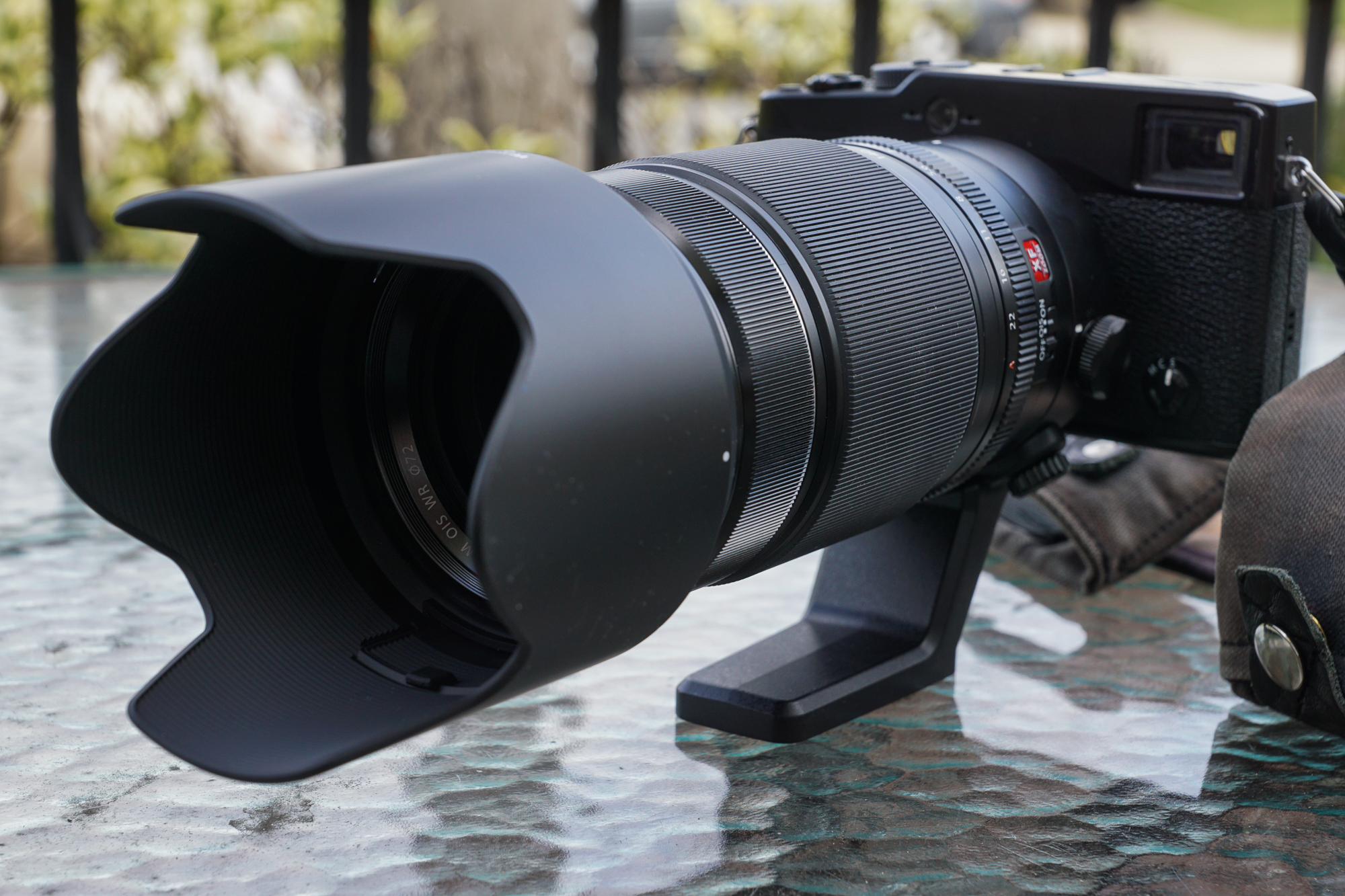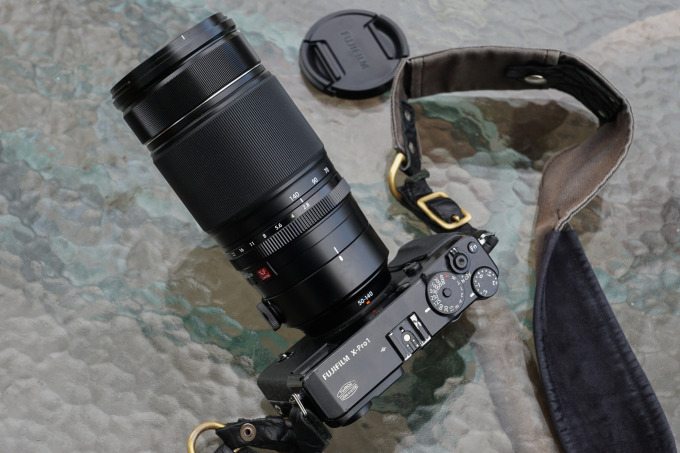
A bright aperture lens is godsent, and we are not even exaggerating. From creating exceptional bokeh to getting a blurry background, a bright lens is what many photographers need. This is especially true when they want fairy-tale-like images or pictures that are not too sharp. For some, bright lenses, such as f2.8, can also be helpful to shoot at night. If you are someone who is keen on getting a wider aperture lens, then these offerings could be of interest.
Nikon Z 14-24mm F2.8 S
The Nikon lens features 16 elements in 11 groups, including 4 ED and 3 aspherical elements. There is also a 9-round bladed diaphragm, fluorine coating, a zoom ratio of 1.7x, and a close focusing distance of 0.92ft. The lens is lightweight, at just 650g, and has a screen on the top for readings. Some of the things you will like about it are the design and its incredibly sharp options. It also has excellent autofocus, color rendition, and creamy bokeh. People interested in landscapes, architecture, astrophotography, and documentary photography must opt for it.
Sony 16-35mm f2.8 GM II
The Sony 16-35mm is a spectacular f2.8 lens. It has a 107° to 63° angle of view, an 82mm filter thread, and 11 rounded aperture blades. Other features include a 547g weight, image stabilisation, a close focusing distance of 0.7 feet, and 5 aspherical elements. It has a new aperture declick, which is great for video use. The lens offers sharp images, and the bokeh is smooth and round. The autofocus is speedy, and distortion and vignetting are quite controlled. Moreover, it is weather-sealed, making it ideal for outdoor shoots.
Panasonic Lumix S 24-60mm f2.8

The Panasonic is a weather-resistant lens featuring 14 elements in 12 groups, including 3 aspherical lenses, 1 UED lens, and 2 ED lenses. It has 9 aperture blades, a close focusing distance of 0.19m, and a maximum magnification of 0.30x. There is also a 77mm filter thread. It excels at fast focusing, has new function buttons, and is manageable. As we said in our review, “When paired with the new S1II E, never once did I feel like the lens couldn’t nail its focusing even in very low light and with people with even darker complexions than mine.” That’s why it gets our high recommendation.
Canon RF 24-105mm f2.8 L

The Canon RF 24-105mm f2.8 lens is the best of the class, thanks to the L series. It has 5.5 stops of image stabilisation and is made of 23 elements in 18 groups. There are also 2x Canon Nano USM focus motors, a maximum magnification of 0.08 to 0.29x, and 11 aperture blades. The lens is also one of a kind in Canon’s lineup, but it is also a great performer. It is built well, there is internal zoom, and it is super sharp. As we said, “Indeed, considering the autofocus, build quality, responsiveness, and image quality, this is the best Canon lens that we’ve seen from a technical standpoint.”
Fujifilm XF 50-140mm f2.8

Our list ends with the Fujifilm offering, which is 76-213mm in 35mm equivalent. It is designed with 5ED Elements and 1 Super ED element, has optical image stabilisation, inner focus, and weather sealing, and offers 0.12x magnification, 7 aperture blades, a close focusing distance of 1m, and a 72mm filter size. The zoom keeps the f2.8 lens compact, and we found it to be quite sharp. There is also the advantage of smooth and creamy bokeh, and a tripod collar to help with the grip. Due to these reasons, it won our Editor’s Choice Award, too.

